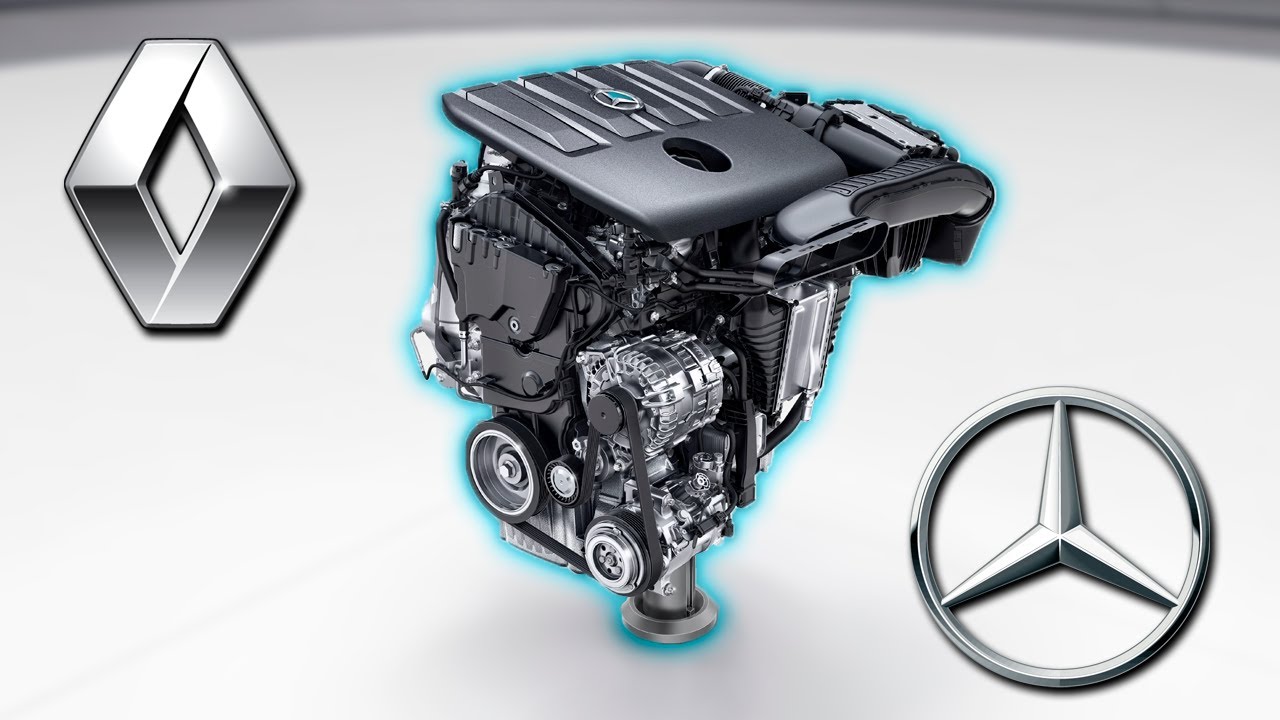
Renault motorlu Mercedes'ler ve uzak durulması gerekenler
Canlı yayınlarda alt segmentlerden bir Mercedes ilanı gönderdiğiniz zaman ilk yaptığımız, taşıdığı motora bakmak. Alttaki listede göreceğiniz gibi, bugün onlarca farklı Mercedes modeli bir Renault motoru taşıyor. Peki bu işbirliği ne zaman başladı?
Mercedes’in sahibi Daimler ile Renault, 2010’da stratejik bir anlaşma imzaladı ve Daimler hem Renault’nun, hem de Nissan’ın %3.1 hissesine sahip oldu. Bunun karşılığında Renault-Nissan grubu da, Daimler’ın aynı oranda hissedarı haline geldi. Bu anlaşma sonucu şirketler, bazı benzinli ve dizel motorları birlikte geliştirip paylaşmaya başladı. Bu motorlar:
- OM607: 1.5 dizel, 4 silindir, 75-110hp (Renault K9K)
- OM608: 1.5 dizel, 4 silindir, 95-116hp (Renault K9K)
- OM622: 1.6 dizel, 4 silindir, 88-114hp (Renault R9M)
- OM626: 1.6 dizel, 4 silindir, 115-136hp (Renault R9M)
- M282: 1.3 benzinli, 4 silindir, 136-163hp (Renault H5Ht)
Renault motoru taşıyan tüm Mercedes’ler:
- A 160 (2018 – günümüz) – M282 – 1.3-litre benzinli
- A 160 CDI (2012 – 2018) – OM607 – 1.5-litre dizel
- A 160 d (2018 – günümüz) – OM608 – 1.5-litre dizel
- A 180 (2018 – günümüz) – M282 – 1.3-litre benzinli
- A 180 CDI (2012 – 2018) – OM607 – 1.5-litre dizel
- A 180 d (2018 – 2020) – OM608 – 1.5-litre dizel
- A 200 (2018 – günümüz) – M282 – 1.3-litre benzinli
- A 220e (2019 – günümüz) – M282 – 1.3-litre benzinli
- A 250e (2019 – günümüz) – M282 – 1.3-litre benzinli
- B 160 (2019 – günümüz) – M282 – 1.3-litre benzinli
- B 160 CDI (2013 – 2018) – OM607 – 1.5-litre dizel
- B 160 d (2019 – günümüz) – OM608 – 1.5-litre dizel
- B 180 (2019 – günümüz) – M282 – 1.3-litre benzinli
- B 180 CDI (2013 – 2018) – OM607 – 1.5-litre dizel
- B 180 d (2018 – 2020) – OM608 – 1.5-litre dizel
- B 200 (2019 – günümüz) – M282 – 1.3-litre benzinli
- B 250e (2019 – günümüz) – M282 – 1.3-litre benzinli
- CLA 180 (2019 – günümüz) – M282 – 1.3-litre benzinli
- CLA 180 CDI (2013 – 2018) – OM607 – 1.5-litre dizel
- CLA 180 d (2018 – 2020) – OM608 – 1.5-litre dizel
- CLA 200 (2019 – günümüz) – M282 – 1.3-litre benzinli
- CLA 250e (2020 – günümüz) – M282 – 1.3-litre benzinli
- C 180 d (2014 – 2018) – OM626 – 1.6-litre dizel
- C 200 d (2014 – 2018) – OM626 – 1.6-litre dizel
- GLA 180 d (2014 – 2018) – OM607 – 1.5-litre dizel
- GLA 180 d (2018 – 2020) – OM608 – 1.5-litre dizel
- GLA 200 (2020 – günümüz) – M282 – 1.3-litre benzinli
- GLB 180 d (2018 – 2020) – OM608 – 1.5-litre dizel
- GLB 200 (2019 – günümüz) – M282 – 1.3-litre benzinli
- Citan 108 CDI (2012 – 2021) – OM607 – 1.5-litre dizel
- Citan 108 CDI (2021 – günümüz) – OM608 – 1.5-litre dizel
- Citan 109 CDI (2012 – 2021) – OM607 – 1.5-litre dizel
- Citan 110 / T 160 (2021 – günümüz) – M282 – 1.3 benzinli
- Citan 110 CDI / T 160 d (2021 – günümüz) – OM608 – 1.5-litre dizel
- Citan 111 CDI (2017 – 2021) – OM607 – 1.5-litre dizel
- Citan 112 CDI / T 180 d (2021 – günümüz) – OM608 – 1.5-litre dizel
- Citan 113 / T 180 (2021 – günümüz) – M282 – 1.3 benzinli
Hangileri sorunlu?
Bu motorlar genelde verimlilikleriyle beğeni toplasa ve Mercedes’in kendi üniteleri kadar dayanıklı olsa da, içlerinde sabıkalı olanlar var.1. OM607 kodlu 1.5 dCi’ın yaygın sorunları aşağıdaki şekilde, bu motorun özellikle ilk versiyonlarından kaçınmak gerekiyor. Aynı motorun güncellenmiş versiyonu olan OM608’deyse bu problemlere daha az rastlanıyor:
- Enjektör arızaları (yakıt kaçakları ve tıkanmalar)
- Piston kolu yataklarının aşınması (bakım eksikliğinden)
- Zayıf yağ pompası tasarımı
- Kızdırma bujisi arızaları
- Turboşarj arızaları
- EGR valfi arızaları (karbon birikimi)
- DPF (dizel partikül filtresi) tıkanıklıkları
2. Makyaj öncesi W205 C serisinde (C200d) kullanılan OM626 kodlu 136 beygirlik motorsa, 100–150 bin km arası piston ve blok kırmasıyla bilinen, kullanıcıların en çok şikayet ettiği motor.
2018 sonrası makyajlı C200d’lerdeyse OM654 kodlu 160 beygirlik 1.6L Mercedes motoru kullanıldı ve bilinen herhangi bir kronik sorunu bulunmuyor.
3. M282 kodlu 1.3 TCe, aynı Renault modellerinde olduğu gibi performansıyla göz doldursa da, termostat gövdesi plastikten yapılmış ve zamanla çatlıyor ya da birleşme noktasından sızıntı yapıyor. Sızan soğutma sıvısı da motora kadar gidebiliyor ve hararete yol açıyor.
Kaynaklar:
https://cartriple.com/mercedes-models-with-a-renault-engine/
https://www.autobild.es/noticias/estos-son-5-mercedes-benz-venden-motor-renault-2022-1142905
https://www.actualidadmotor.com/en/How-to-know-if-my-Mercedes-has-a-Renault-engine/
https://lifeonfour.co/engine-problems/om608-om607-engine-reliability-and-problems/
https://mbclubtr.com/index.php?threads/c200d-renault-motor.53727/
https://www.reddit.com/r/Renault/comments/1devkq1/13_tce_research_as_a_user_with_megane_2021/
https://www.capturownersclub.co.uk/threads/thermostat-housing-leak.6455/
https://www.qashqaiforums.co.uk/viewtopic.php?t=13191


8 Yorum